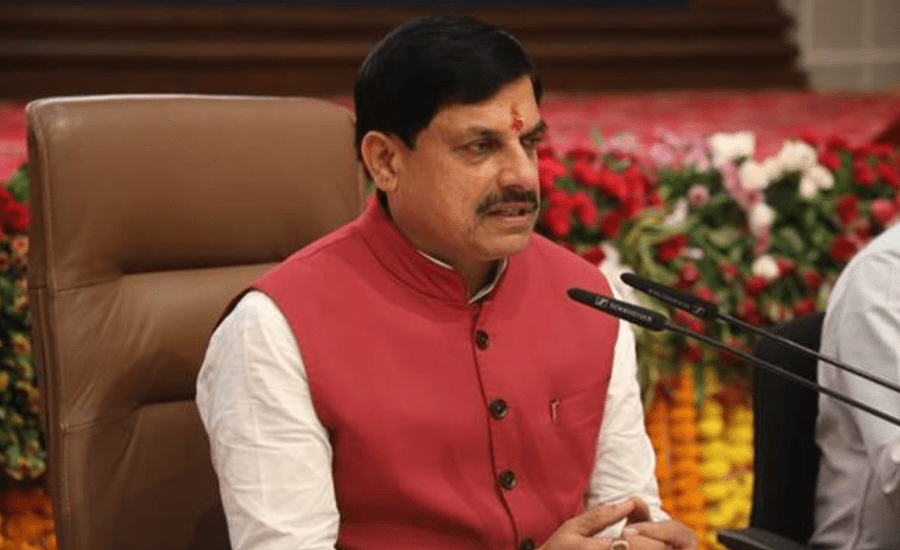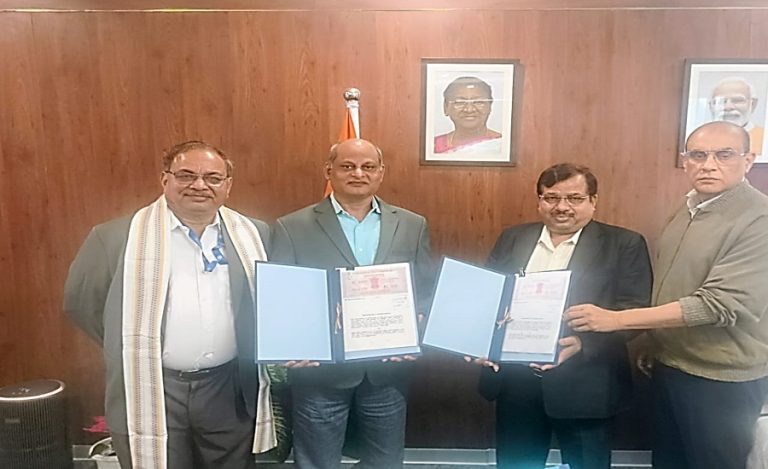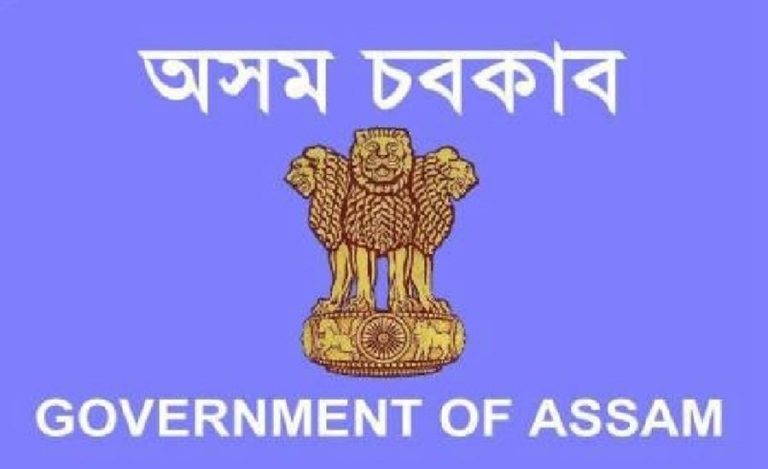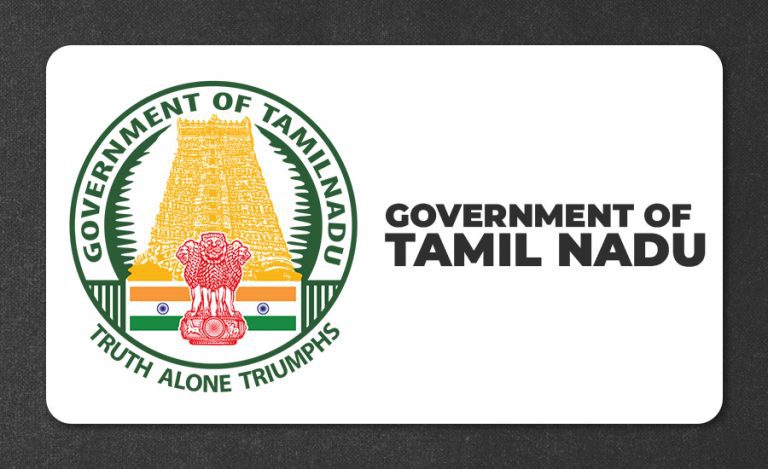Madhya Pradesh Chief Minister Dr. Mohan Yadav on Saturday extended warm greetings to citizens on the auspicious occasion of ‘Nahay-Khaay’, marking the beginning of the four-day Chhath Puja festival. The celebration, deeply rooted in devotion and purity, honors the Sun God and Chhathi Maiya for the welfare and prosperity of families.
In a heartfelt post on social media platform X, Mr. Yadav wrote, “May Chhathi Maiya and Lord Surya fulfill the wishes of mothers—the embodiment of selfless love—and bring eternal happiness, prosperity, and abundance to all.”
Devotional Fervor Across Madhya Pradesh
Large numbers of devotees from Bihar, Jharkhand, and Uttar Pradesh residing in Madhya Pradesh are observing Chhath Puja across major cities including Bhopal, Indore, Jabalpur, and Gwalior. The festival, celebrated with deep faith and discipline, reflects India’s spiritual and cultural unity.
The state government, municipal corporations, and local bodies have made elaborate arrangements for smooth and safe celebrations. Special attention has been given to cleanliness and safety at ghats, where devotees gather to offer prayers to the setting and rising Sun.
Nahay-Khaay: A Ritual of Purity and Devotion
The first day, Nahay-Khaay, begins with devotees—known as Vratis—taking a holy dip in rivers or ponds, symbolizing purification of body and soul. They then partake in a simple sattvic meal, usually consisting of arwa chawal (plain rice) and lauki ki sabzi (bottle gourd curry), prepared with utmost sanctity after offering prayers.
This marks the spiritual initiation into the four-day journey of discipline, gratitude, and devotion. The rituals are considered to date back to the Satyuga and Dwapara Yuga, making Chhath Puja one of the oldest forms of Sun worship in India.
The Four Days of Chhath Puja: A Festival of Faith and Balance
Day 1 – Nahay-Khaay: The festival begins with holy bathing and preparation of pure vegetarian offerings to the deity.
Day 2 – Kharna: Devotees observe a day-long fast, ending it after sunset with offerings of jaggery and rice, later shared as prasad to promote harmony and unity.
Day 3 – Sandhya Arghya: In the evening, devotees offer prayers (arghya) to the setting Sun, expressing gratitude for sustaining life.
Day 4 – Usha Arghya: The festival concludes with offerings to the rising Sun, symbolizing renewal, purity, and new beginnings.
The rituals collectively embody the principles of faith, self-control, and gratitude toward nature’s elements. The offerings—fruits, sugarcane, and sweets—represent the gifts of nature and reaffirm the human-nature connection.
Chhath Puja: A Message of Harmony and Environmental Reverence
Chhath Puja transcends religious boundaries, fostering community bonding and environmental respect. The festival underscores the importance of cleanliness, gratitude, and ecological balance. It is celebrated not only in India but also in Nepal and by Indian diaspora communities around the world.
By honoring the Sun God, the eternal source of energy, the festival reminds society of the interdependence between humanity and nature—a message that aligns with the principles of sustainable living and collective prosperity.



























